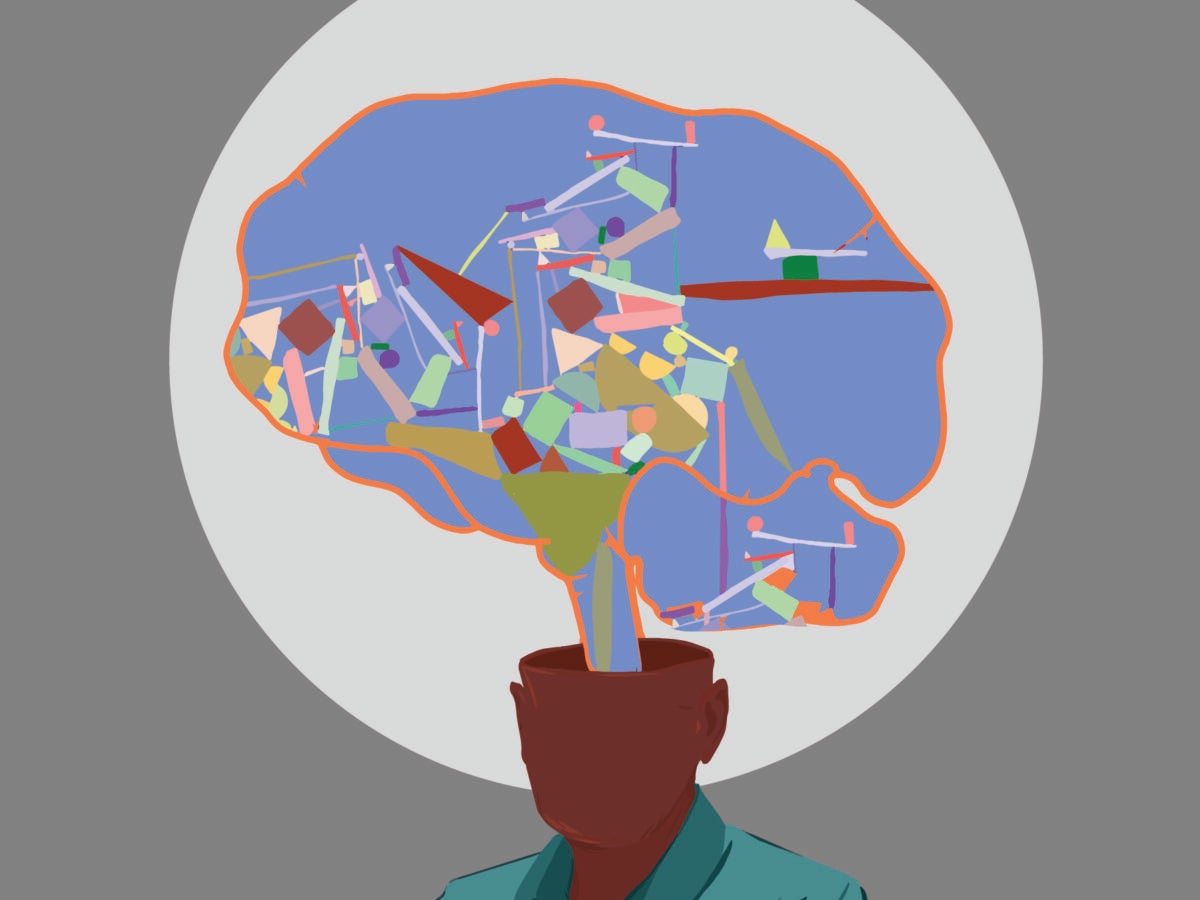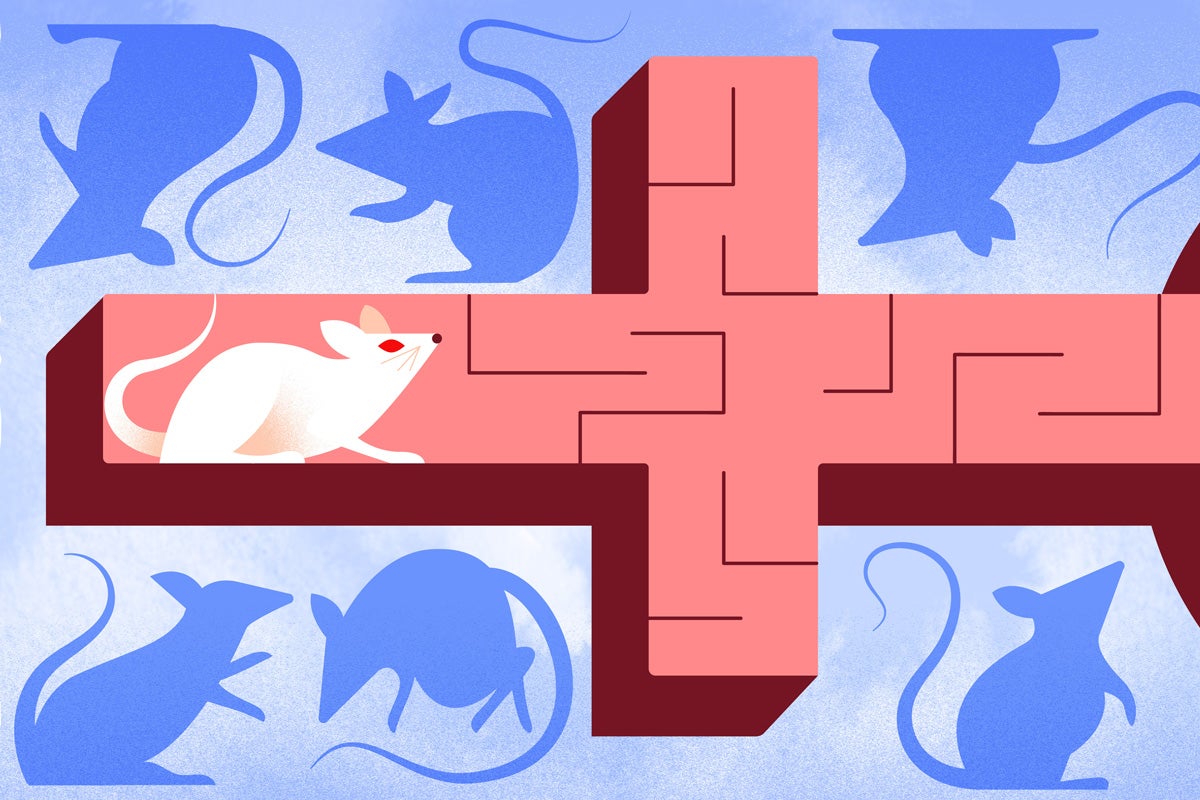
Opinion
Why Black patients are less likely to get life-saving kidney transplants
Marc Thompson suffered from leg cramps, itching, trouble sleeping through the night, and daily weight gain from fluid retention, side effects of the dialysis that kept him alive. At 35, he had end-stage kidney disease and spent four to six hours, three times a week, at a Michigan dialysis center, where a machine did the work of his failing kidneys.
He endured this grueling treatment for a year. Marc and his family then sought a live donor for a kidney transplant since the wait for an organ from a deceased donor could be five years. One of us, Macey Levan—Marc’s cousin—volunteered to be tested in 2008.
As a law student in Indiana, Macey could not travel to Michigan, where Marc was listed as a transplant candidate. Instead, the university where Marc was getting care worked with Macey’s local hospital in Bloomington, Indiana, and Indiana University to complete her donor evaluation. After this complex process, Macey finally donated her kidney to Marc in 2009.
Marc was lucky, especially because he is a Black man. Although Black, Latino, and Native American patients are more likely to be diagnosed with end-stage kidney disease, they are less likely to get live-donor kidney transplants. Over time, kidney transplants are cheaper than dialysis, which cost Medicare almost $100,000 per year per patient in 2021—and private insurers even more.
Black individuals have an almost four times higher rate of end-stage kidney disease, but their rate of live-donor kidney transplantation is more than four times lower than their White counterparts. “The current organ transplantation system is demonstrably inequitable,” concluded the National Academies of Science, Engineering, and Medicine in a 2022 report.
An older study found in 2004 that 81 percent of nephrologists thought transplantation improves the survival of white patients yet only 69 percent believed the same was true for Black patients. This highlights the innate interpersonal racism in transplantation.
Disparities in kidney transplants have persisted since the earliest days of the procedure, in the 1950s. Researchers don’t entirely know why these long-standing racial disparities exist, so fixing this problem has been difficult. Studies have found that the disparities are not caused by racial differences in the size of social networks, medical eligibility for transplants, comorbidities, socioeconomic status, or social determinants of health.
Residential segregation, however, is emerging as a significant barrier to live donor kidney transplantation for Black patients. National data suggest that Black candidates who live in highly segregated neighborhoods have a 10 percent lower access rate to live-donor kidney transplantation; among White candidates, residential segregation did not impact transplantation.
Later research found that living in a racially and ethnically segregated neighborhood is also associated with worse outcomes after the procedure: increased post-transplant mortality, failure of the transplanted kidney, and dementia. Those outcomes may be related to underinvestment in majority-Black neighborhoods, which leads to multiple stressors, including poor living conditions.
Since end-stage kidney disease may be hereditary, family members—a common source of kidney donations—of Black patients are more likely to suffer from the disease, and be unable to donate.
It also matters where the transplant center is located. Black candidates listed at centers in minority-predominant neighborhoods are 64 percent less likely to get live-donor kidney transplantation than White candidates listed at centers in predominantly White neighborhoods.
The cost to kidney donors can be high, as Macey discovered. Although recipients’ insurance often covers medical expenses for the transplant, donors may need to travel, stay in hotels, and miss work. Donors pay an average of $4,000 out-of-pocket, but the cost can rise to about $17,000, further preventing donors from resource-poor neighborhoods.
States can help. In 2023, New York state adopted a law providing direct reimbursement of up to $10,000 to living organ donors for expenses associated with organ donation not covered by insurance. The law was passed to encourage more donors: New York has had one of the country’s lowest rates of registered organ donors.
The public health call to action is clear: We must dismantle structural racism to rectify racial disparities in live-donor kidney transplantation and more broadly in health care. Identifying racial disparities without addressing racism will not achieve health equity.
The public health and clinical communities must study the mechanisms linking segregation to poor access to health care and identify interventions that improve access to health care for minoritized groups, with input from patients. The public health system must also develop national and local policies that invest in residential neighborhoods and provide national funding for medical centers in resource-poor and segregated neighborhoods.
Health equity in live-donor kidney transplantation should be within reach for Black people like Marc, living with end-stage kidney disease. Now is the time to mobilize and fulfill the full promise of the National Organ Transplant Act: equity in access to transplantation.
Macey’s kidney donation to Marc had an abiding impact on their vocations.
The transplant led to her career as a professor dedicated to improving access to kidney transplants from live donors for marginalized groups and reducing the barriers to donation. She was recently elected vice president of patient and donor affairs for the Organ Procurement and Transplantation Network.
Marc’s new kidney allowed him to thrive and continue his passion, working as a journalist.
Image: Adobe Stock


